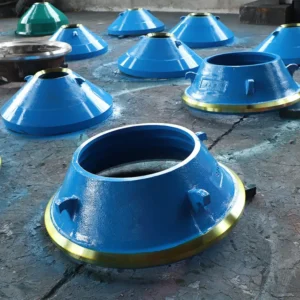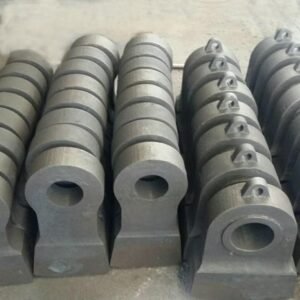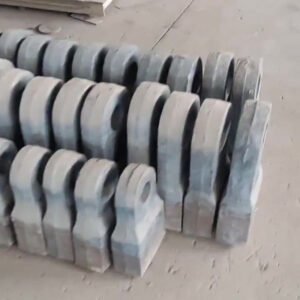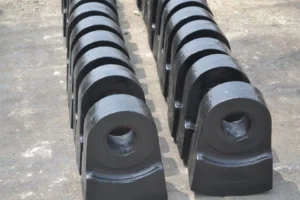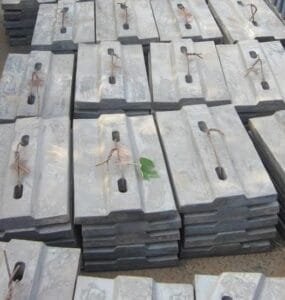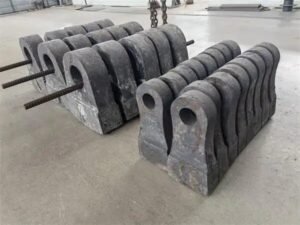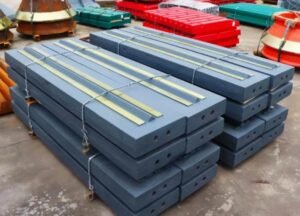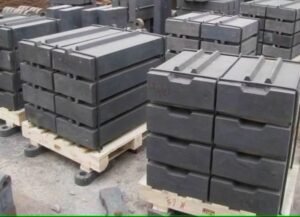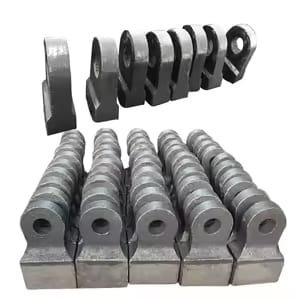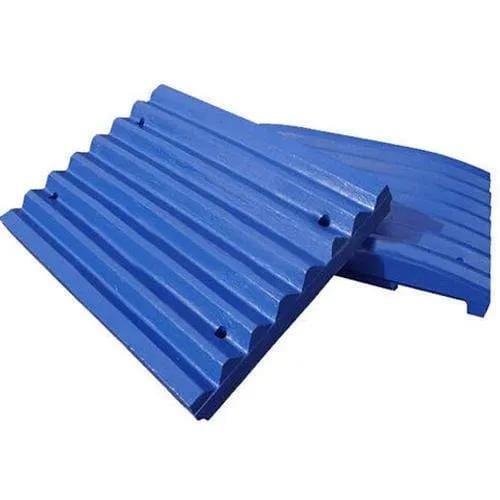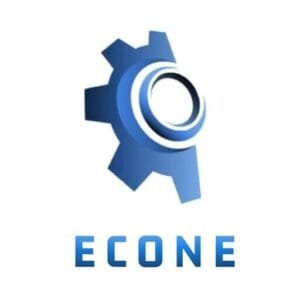Introduction
Impact crusher blow bars play a crucial role in crushing operations by directly impacting the material to break it down. Choosing the right blow bars is essential for maximizing efficiency, reducing downtime, and optimizing production costs. This guide will help you understand the key factors to consider when selecting blow bars for your impact crusher.
1. Understanding Impact Crusher Blow Bars
1.1 What Are Impact Crusher Blow Bars?
Blow bars are wear-resistant components installed in impact crushers that crush and break materials during operation. They are typically made from different alloys to withstand high-impact forces and abrasion.
1.2 Why Choosing the Right Blow Bars Matters?
- Efficiency – The right material and design enhance crushing efficiency.
- Durability – Reduces wear and tear, extending replacement intervals.
- Cost-Effectiveness – Reduces maintenance and downtime costs.
- Crushing Performance – Impacts product size and consistency.
2. Key Factors to Consider When Choosing Blow Bars
2.1 Material Composition
Different materials offer varying levels of durability and efficiency:
- High Chrome Blow Bars – Best for highly abrasive materials; offer high wear resistance but are brittle.
- Manganese Blow Bars – Suitable for softer materials; withstands impact well but wears faster.
- Martensitic Blow Bars – A hybrid option with balanced wear resistance and impact strength.
- Ceramic Blow Bars – Excellent wear resistance; ideal for high-production environments.
2.2 Hardness and Wear Resistance
Blow bars with high hardness ratings resist wear better but may be prone to breakage under extreme impact. Understanding your material type and crusher settings can help determine the right balance between hardness and impact resistance.
2.3 Application-Specific Considerations
- Recycling Applications – Require blow bars that resist foreign object damage (e.g., rebar, metal pieces).
- Quarrying and Mining – Need bars with high impact strength to handle large, hard materials.
- Concrete and Asphalt Crushing – Prefer high-chrome or ceramic inserts for prolonged wear resistance.
2.4 Blow Bar Design & Shape
The profile and weight of blow bars impact performance. Consider:
- Flat Blow Bars – Offer better surface contact but may wear unevenly.
- Curved Blow Bars – Provide enhanced crushing efficiency and uniform wear.
- Reversible Blow Bars – Extend lifespan by allowing both sides to be used.
3. How to Extend the Lifespan of Impact Crusher Blow Bars
3.1 Proper Installation and Maintenance
- Ensure correct alignment – Improper installation leads to premature wear.
- Regularly inspect for cracks or uneven wear – Replace blow bars before failure.
- Monitor crusher settings – Excessive rotor speed can accelerate wear.
3.2 Choosing the Right Feed Size
Feeding oversized material can cause excessive wear. Ensure proper feed gradation for optimal performance.
3.3 Rotate and Reverse Blow Bars
Reversible blow bars allow both sides to be used, maximizing lifespan and cost-efficiency.
4. Where to Buy High-Quality Impact Crusher Blow Bars?
When sourcing blow bars, consider:
- Manufacturer reputation – Choose suppliers with proven track records.
- Material certifications – Ensure quality standards like ISO 9001.
- Customization options – Some suppliers offer tailor-made solutions.
- Competitive pricing – Balance cost with durability for the best ROI.
Conclusion
Selecting the best impact crusher blow bars requires careful consideration of material composition, wear resistance, application type, and maintenance practices. By choosing high-quality blow bars and following best practices, you can enhance efficiency, reduce downtime, and extend the life of your crusher components.
For expert advice on selecting the best blow bars, contact a trusted supplier to discuss your specific requirements.

